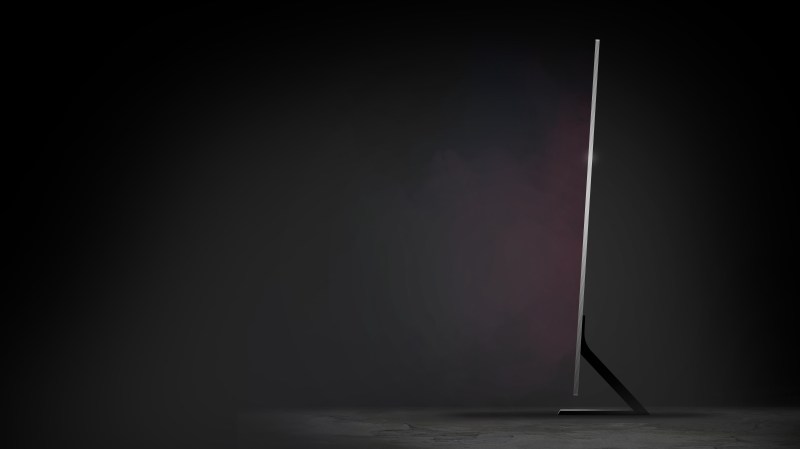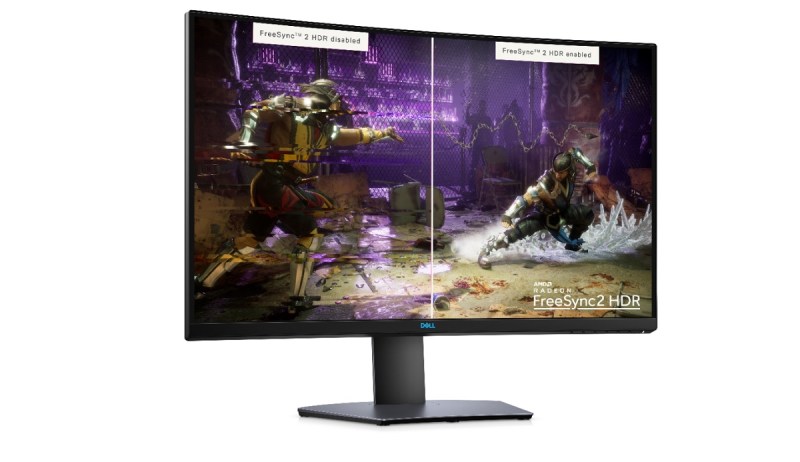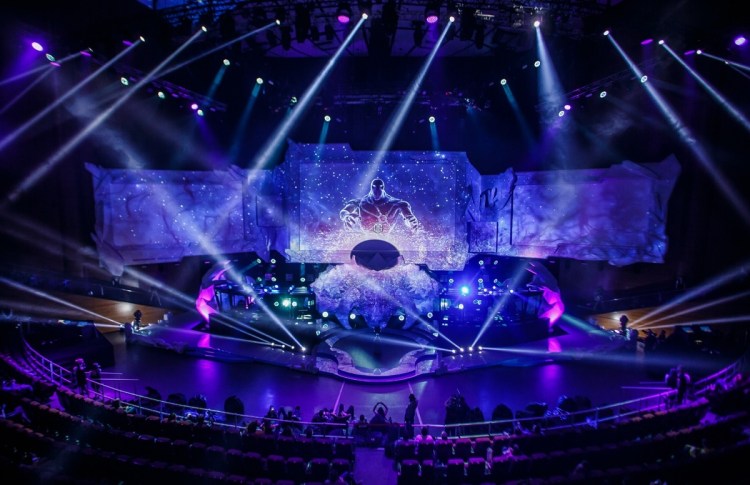Dolan: I oversee a business, and ultimately for us–we can manage the success of tactical programs, but what we’re really looking for is two things. How is it moving the business, and how is it moving consumer sentiment?
Over the last couple of years we’ve carved out a gaming audience measurement plan. We’ve seen astronomical lift in brand sentiment, not just in awareness, but in consideration and another measure called PTO, or Proud to Own. Essentially, in a category like TVs, it’s so critical, because these consumers buy a TV every five to seven years. They have to be proud of the TV they own if you’re going to bring them back into the franchise. Then the other measurement is MPSA. If you had to pick one single answer, what brand would it be?
Within the gaming audience we saw double-digit growth across all four measures when we started talking a gaming audience with relevant gaming messaging in relevant channels about some of the things we were doing — not just with partnerships, but with our innovation. On the business end, we’ve seen tremendous growth in our QLED line, which has probably the most robust set of gaming features available today. Last year alone we sold 1.5 million units. We launched QLED for the first time in 2016. It’s astronomical.
So it’s working. This audience is receptive. We’re offering a product that they find to be valuable. We’re building a real relationship with consumers who game.
June 5th: The AI Audit in NYC
Join us next week in NYC to engage with top executive leaders, delving into strategies for auditing AI models to ensure fairness, optimal performance, and ethical compliance across diverse organizations. Secure your attendance for this exclusive invite-only event.

Above: Samsung’s Q950 TV.
Iooss: In the weeds, to go back to Samsung and Twitch working together, it’s drilling down as far as the language we’re using and tweaking one word in messaging, which is really important. But at a high level, it’s what we’ve always done in advertising. You want someone to feel something. In gaming it could be surprise and delight. It’s Wendy’s blowing up all the freezers in Fortnite. That’s exciting. You feel something from that.
On Twitch a best practice is, how are you giving back to the streamer community? How are you enabling something to let the community audience support the streamers? It’s exactly that. They’re there because they have an emotional connection to this, and you need to feel that in some way.
De Zayas: One of the biggest best practices we’ve been able to hold to–Dell and Alienware, we have a large scope and scale across a wide range of different targets, different audiences, and so on. But as a practice when we’re developing things, thinking about where to invest, what products we bring to market, where the right marketing partnerships are that we can pursue–what’s at the core of that is still the gamer sitting there playing a game, or the streamer who’s trying to figure out how to pay the rent through streaming.
What we’re trying to do is enable that gamer and understand what’s important to them. If you can figure that out around what your tech and your service does, then you’re going to ingratiate yourself with gamers. The rest is going to come with it. Then you’re going to have a following of people that want your product, that understand you care about them. Everybody up here understands that and is building products around that. All of those things come once you understand your role in the space and you’re able to deliver that to the audience.
GamesBeat: An area of potential and an area of difficulty is women in this space. 29 percent of esports fans are women. There was one report that said 62 percent of women esports fans do not believe that sports brands market to them. It looks like there’s a role for brands to play here in bringing a change to the market.
Cella: We completely agree. It’s an important initiative for us. We have one woman pro in the Overwatch League playing for the Shanghai Dragons, and we’d love to see more. It’s something that everybody here at our companies could help push along and need to push along.
Iooss: 50 percent of our panelists are women, so that’s a good start. I would say that it’s a problem, but also, again, a huge opportunity. What I’ve learned by being at Twitch is how nuanced this conversation needs to be. We definitely work on–a lot of advertisers come to us and say, “I want to support women in gaming.” But what does that actually mean?
You’re really talking about an identity story. When you’re doing that, the nuance is incredibly important. We’ve had some missteps. We’ve had some opportunities to learn. A lot of women in gaming, they don’t want to be called “female gamers.” They want to be gamers. They want that equality. As an industry we have to tune into that. We have to be honest with each other and talk about it.
In particular we need to listen to women who are doing it themselves. They’re young, as all esports athletes are. We should be listening to them and supporting them in a way that is real — not just about “women in gaming” as a container, but as something broader and something we can push forward.
Dolan: From the brand side, for us, the advertising we create needs to depict women and men gaming. The reality is that a woman can love gaming just as much as a man, and they do. So why are we making this distinction in the way we depict this passion area? That’s the first step, and then it’s making sure that we’re talking to our gaming audience and understanding her needs. What are their different needs? And then accounting for that. Do we build products that potentially suit the needs of one consumer more than the other? Maybe. These are all things we’re trying to figure out and learn. But it starts with a commitment to this woman.

Above: Alienware 32-inch monitor
De Zayas: We need to make sure–we’ve been having a lot of this conversation. I think we need to start with a safe zone for young girls to understand that it’s safe for them to play games in a certain community. Because it’s not always safe. It’s a very personal topic to me. I have a 10 year old daughter who loves playing games, and I hear the things that are sometimes said, or the things that are sometimes not said. It’s not always the safest environment.
What all of us on this panel, and in this entire industry–we have a role to play in helping enable young girls to understand that, hey, as you grow up, you can enjoy your hobby. Don’t drop it. Whether you’re pro or not, enjoy what you enjoy. And we can make it easy for them to enjoy it. Have we cracked the code? Absolutely not. It’s probably the most difficult work we have ahead. But we need to go figure it out.


